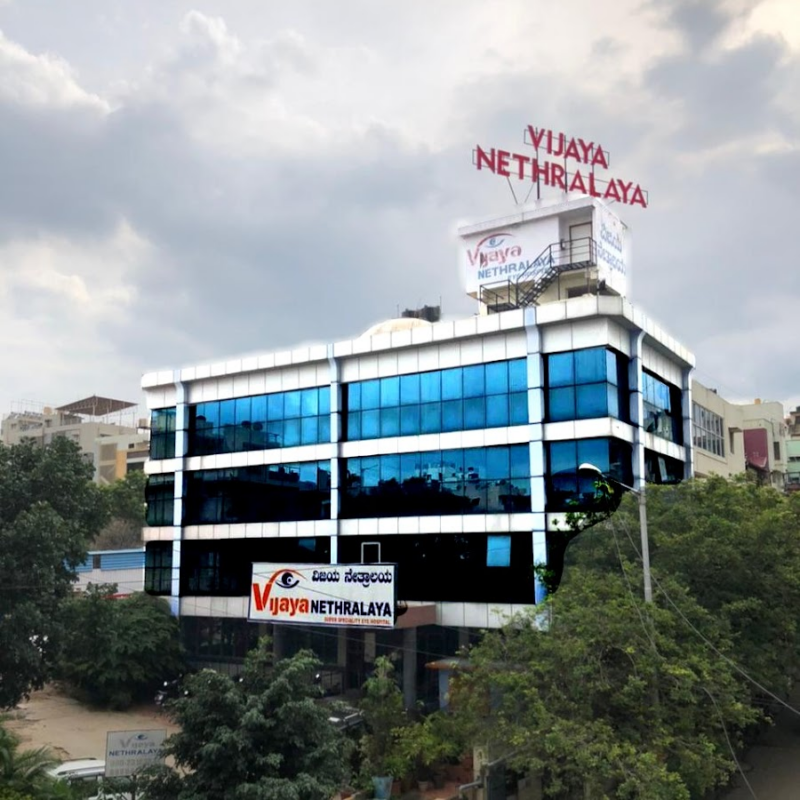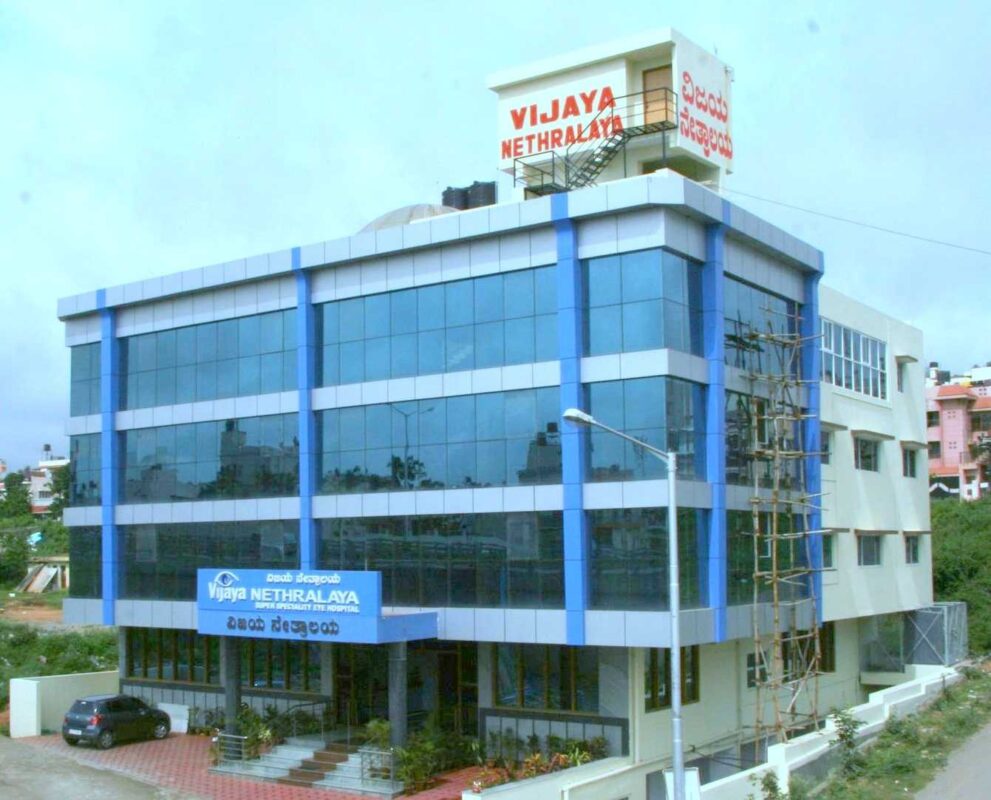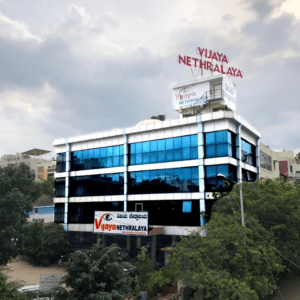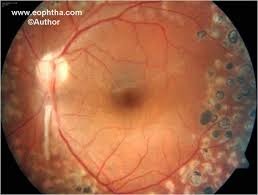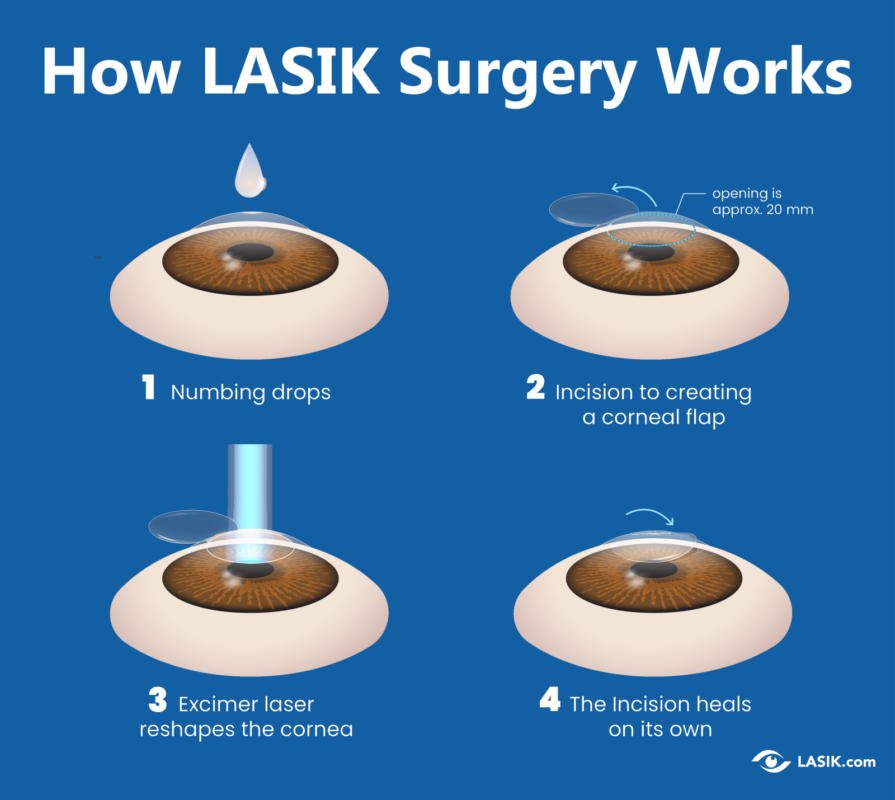Kerarings for keratoconus:
Keratoconus is a progressive eye condition that affects the structure of the cornea, leading to distorted vision and potentially significant visual impairment. While traditional treatments like glasses or contact lenses can help manage symptoms in the early stages.
Kerarings:
Manufacturers produce kerarings, which are tiny, semi-circular implants, from biocompatible materials such as polymethyl methacrylate (PMMA) or a synthetic material known as Intacs.. Surgeons insert these rings into the cornea through a minimally invasive surgical procedure called corneal ring segment implantation.. Once in place, Kerarings help to flatten the cornea, reducing its irregular shape and improving visual acuity.

Benefits of Kerarings:
- Improved Vision: Kerarings can significantly improve visual acuity in patients with keratoconus, reducing dependence on corrective lenses.
- Minimally Invasive: The procedure for implanting Kerarings is minimally invasive, involving a short recovery time and lower risk compared to more invasive surgical options.
- Reversibility: Unlike some other surgical interventions for keratoconus, Kerarings are reversible. If necessary, they can be removed or replaced without causing permanent damage to the cornea.
- Customization: Kerarings are available in different sizes and thicknesses, allowing for a customized approach tailored to each patient’s unique corneal anatomy and visual needs.
Author Details:
Dr. Sushruth Appajigowda holds a prominent position as a Cornea, Cataract, Glaucoma, and LASIK Surgeon in Bangalore. He serves as the chief Cataract and Refractive surgeon at Vijaya Nethralaya Eye Hospital, Nagarbhavi Bangalore. Renowned as one of the finest LASIK surgeons nationwide, he brings with him over 12+ years of experience across multiple LASIK platforms, including ZEISS, ALCON, SCHWIND, AMO, and Bausch and Lomb. Having successfully conducted over 5000 LASIK procedures, Dr. Sushruth holds the title of a Certified Refractive Surgeon and a Fellow of the All India Collegium Of Ophthalmology. Furthermore, he stands as a distinguished speaker at various National and International Forums, using his expertise to guide you in selecting the most suitable procedure based on your health requirements.

http://vijayanethralaya.com/link-in-bio/
Conclusion:
Kerarings represent a promising advancement in the treatment of keratoconus, offering improved vision and quality of life for affected individuals. As technology continues to evolve, so too will the options available for managing this challenging condition.

